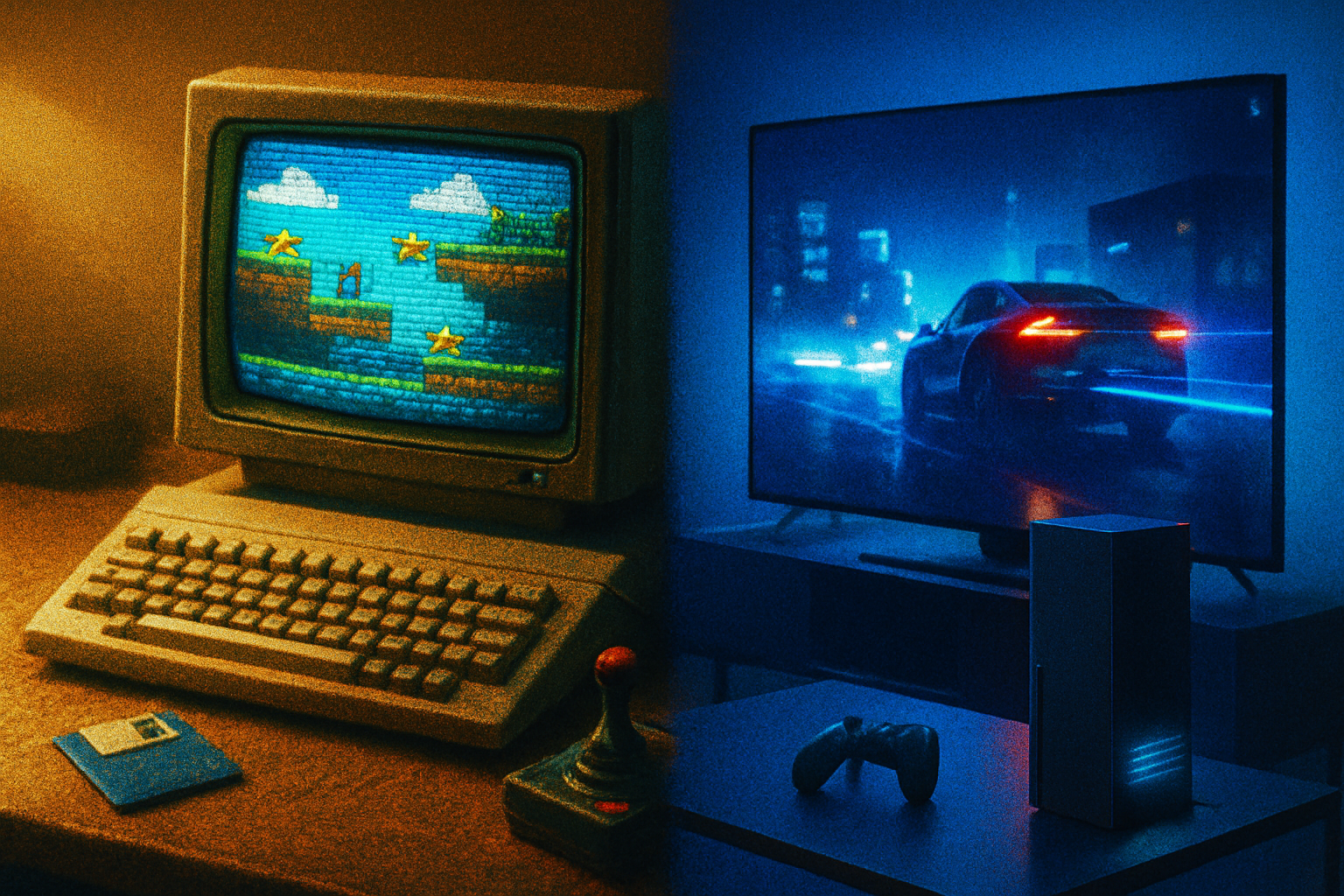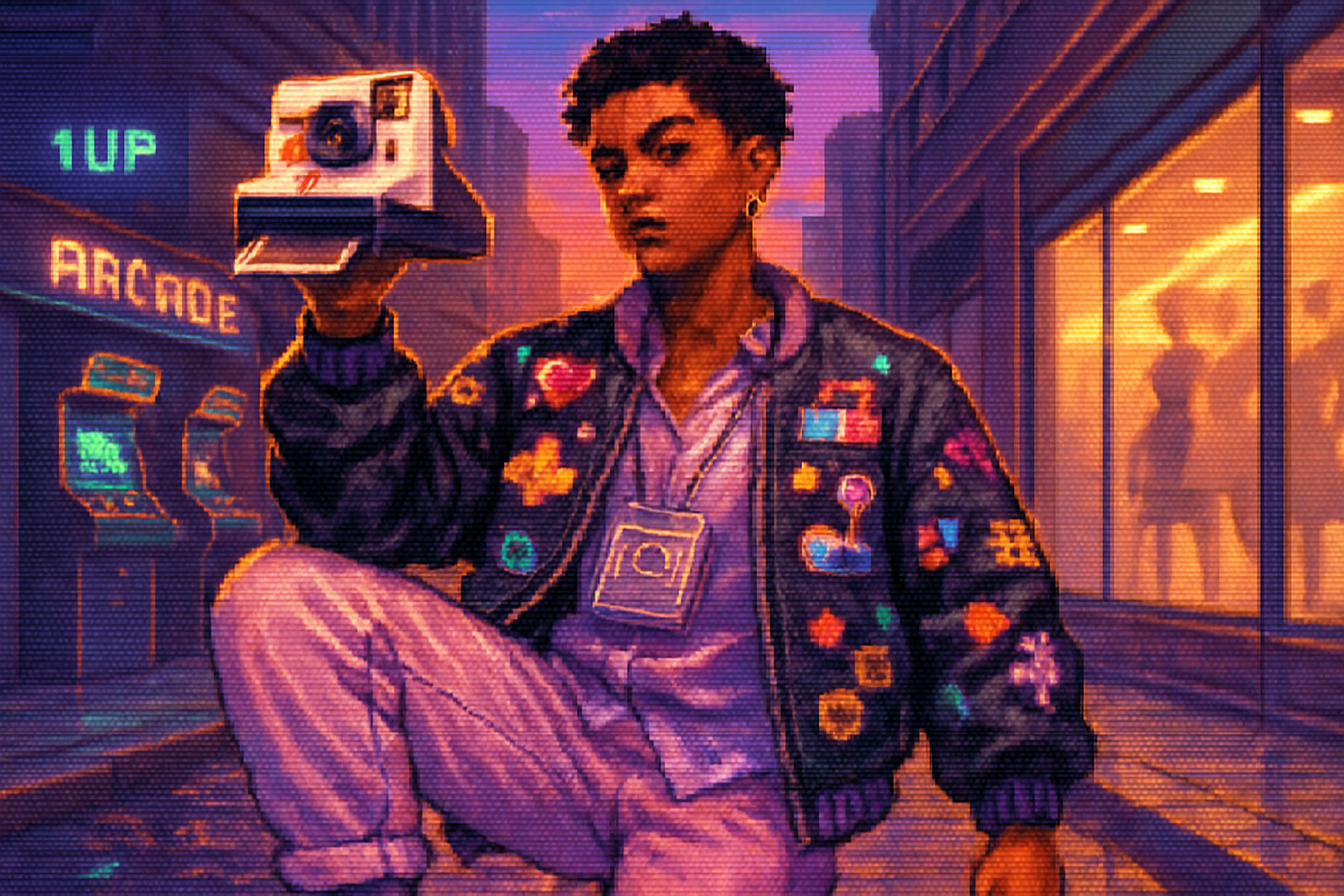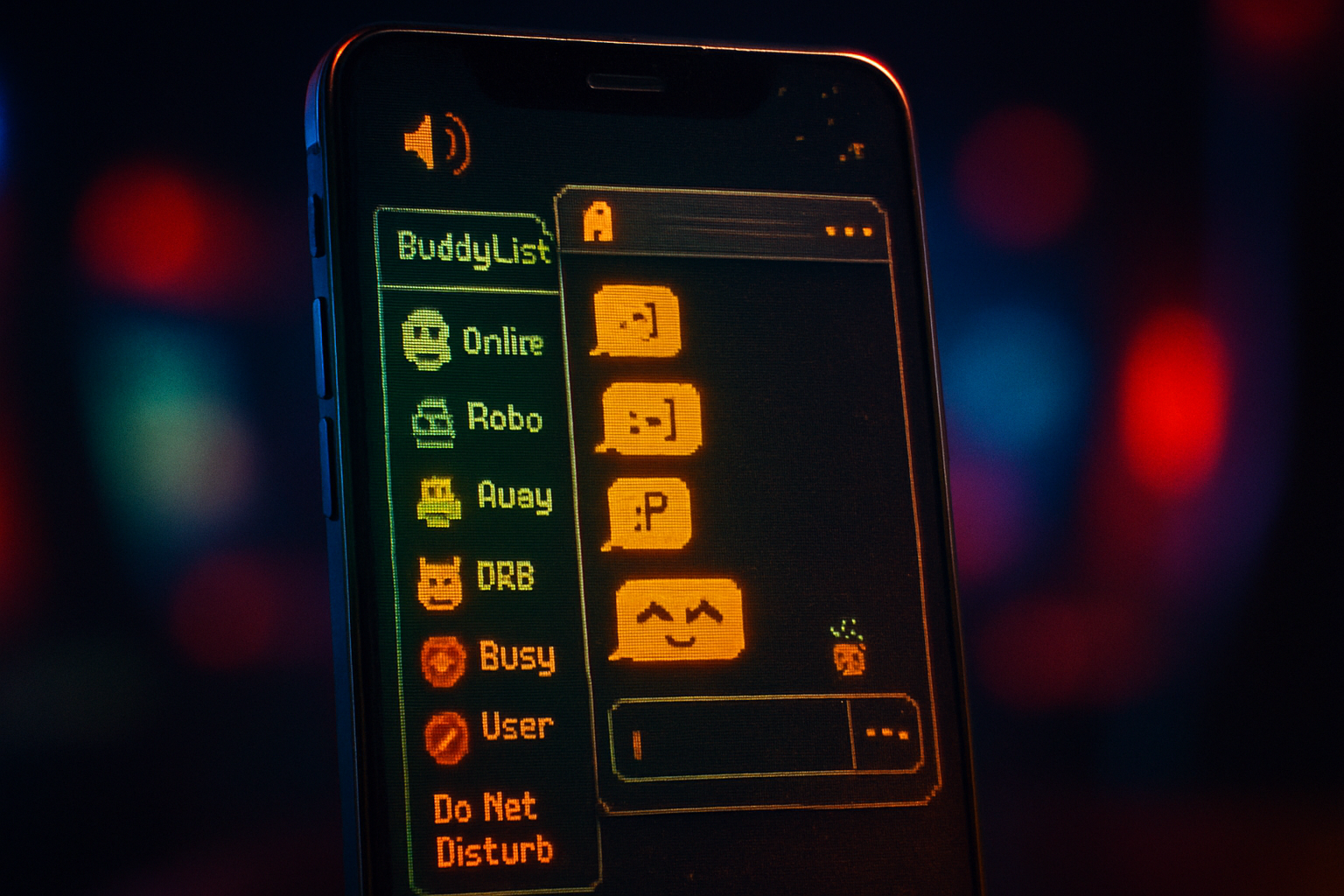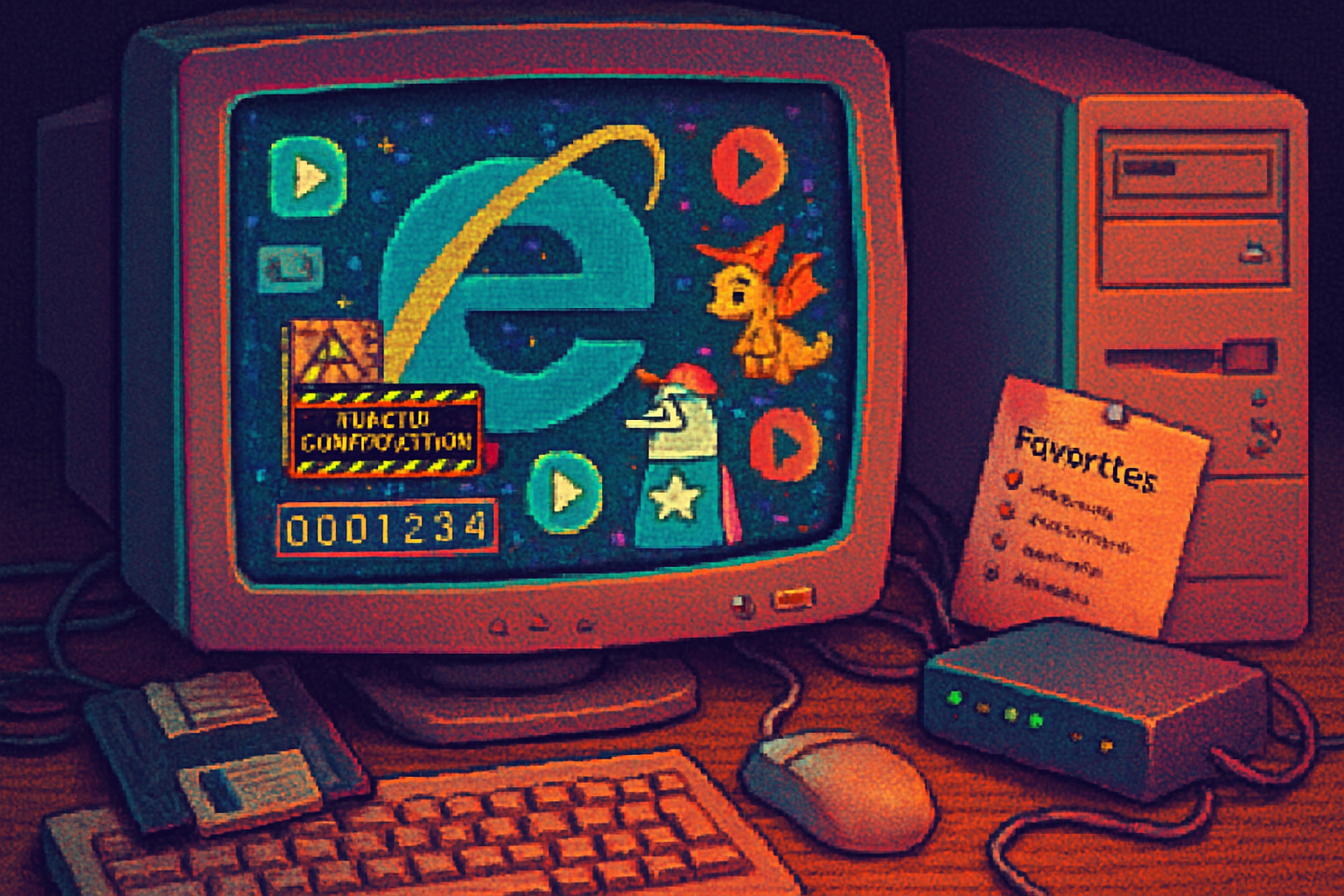· retrotech · 6 min read
The NeoPets Comeback: How Nostalgia is Shaping Modern Game Design
A deep look at how renewed interest in Neopets and virtual-pet culture is influencing contemporary game design - from core mechanics and monetization to community-driven preservation and ethical considerations.
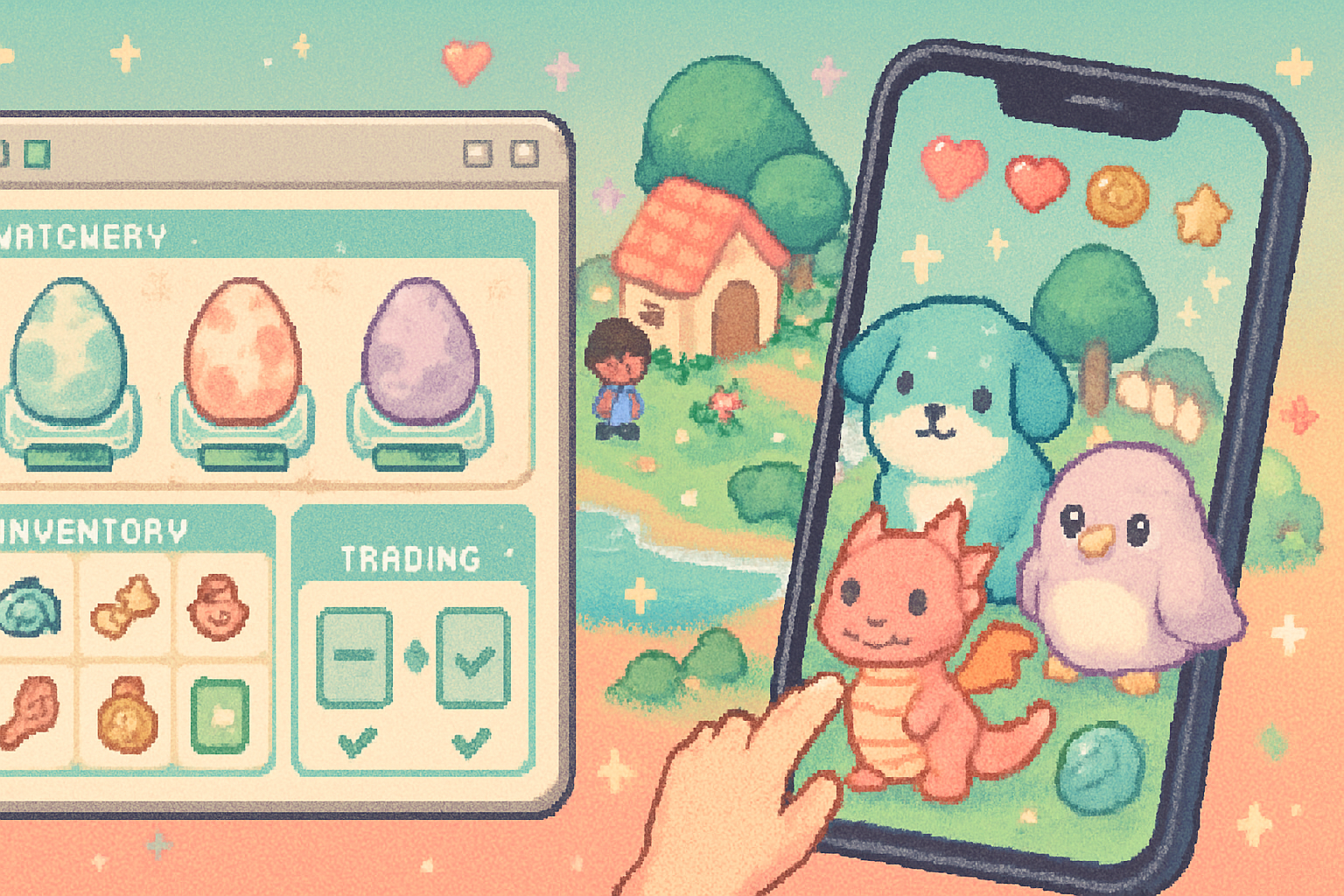
Why NeoPets matters again
Neopets launched in 1999 and became one of the defining web experiences for a generation of players: a mix of collectible virtual pets, light minigames, site-wide events, user economies and vibrant fan culture. While the original site peaked in the mid-2000s, its influence never really left - players carried its lessons into forums, private servers and modern games. For a short history, see the Neopets overview on Wikipedia: https://en.wikipedia.org/wiki/Neopets.
In recent years we’ve seen a renewed cultural and commercial interest in the things Neopets excelled at: low-pressure progression, collectible economies, social trading, and persistent virtual worlds. That resurgence matters to designers because nostalgia isn’t just a marketing angle - it’s a design cue that points to durable player motivations.
The psychological power of nostalgia (and why designers should care)
Nostalgia is more than fond memories; it’s a psychological motivator that influences behavior and decision-making. Players revisit mechanics and aesthetics that feel safe, predictable, and emotionally resonant. From a design perspective, nostalgia:
- Lowers friction for discovery - players already understand the affordances (pets, collections, daily routines).
- Encourages emotional attachment - collectibles and personalization become identity markers.
- Creates social glue - shared memories and rituals shape communities.
Designers who tap nostalgia thoughtfully can create products that feel instantly familiar while introducing new systems that keep the experience fresh.
Core design patterns NeoPets popularized (and why they persist)
NeoPets’s DNA shows up in many modern games. Key patterns include:
- Collection loops - low-effort incremental progress toward curated sets.
- Daily routines - simple, repeatable tasks that create habitual engagement.
- Social economies - player-to-player trading, scarcity-driven value.
- Cosmetic-driven identity - personalization via items, avatars, spaces.
- Emergent events - site-wide stories, seasonal content, and community rituals.
These affordances are engines for retention, monetization, and community growth when implemented responsibly.
Case study: Adopt Me! (Roblox) - virtual pets meet massive social space
Adopt Me!, one of Roblox’s biggest hits, is a modern spiritual cousin to Neopets: collectible pets, trading, home customization and persistent social spaces. It shows how core virtual-pet mechanics scale in a live multiplayer environment.
Lessons from Adopt Me! for designers:
- Social-first design can massively amplify retention. Adopt Me!’s playfields are places to show off and trade.
- Player economies require robust moderation and UX to prevent scams and protect minors (reports and coverage about trading scams have raised important safety conversations: https://www.bbc.com/news/technology-52314163).
- Simple, understandable loops (hatch, care, trade) scale to millions when combined with social virality.
Case study: Animal Crossing - the cozy social simulation
Animal Crossing: New Horizons made daily routines and slow progression mainstream again. It demonstrates how furnishing, avatar identity and asynchronous social interaction create long-lived attachment.
What NeoPets-style designers can borrow from Animal Crossing:
- Playful slow time - keep wins meaningful but not urgent.
- Creative expression - strong support for player customization (homes, islands) increases emotional investment.
- Casual economy design - provide player-driven markets without making them predatory.
Official page for reference: https://www.nintendo.com/games/detail/animal-crossing-new-horizons-switch/.
Case study: Tamagotchi / My Tamagotchi Forever - the direct lineage
The Tamagotchi evolution shows that virtual-pet mechanics translate across platforms. Mobile takes the pet concept, adds push notifications, and monetizes via convenience and cosmetics.
Takeaways:
- Notifications and small chores keep the pet feeling alive without heavy time commitment.
- Monetization can be subtle (cosmetics, accelerators) - but must be balanced against exploitative practices for younger audiences. Bandai Namco’s mobile iteration: https://www.bandainamcoent.com/games/my-tamagotchi-forever.
Case study: Stardew Valley and community-driven longevity
Stardew Valley isn’t a pet game per se, but it demonstrates how moddability, a supportive community, and slow-burn mechanics produce longevity. Many indie creators building pet-like systems rely on mod ecosystems and player-made content to sustain long tails.
Stardew’s lessons for pet/nostalgia-led games:
- Prioritize extensibility and community tools.
- Empower players to tell their own stories through customization and mod support.
- Keep the core mechanics deep enough to reward mastery but accessible to newcomers. Official site: https://www.stardewvalley.net/.
How nostalgia shapes monetization and ethics
Nostalgia can make monetization feel more palatable, but it also creates ethical risks:
- Kids-first UX - many nostalgia-driven experiences attract minors. Designers must follow regulations (COPPA, GDPR-K) and adopt child-friendly monetization patterns.
- Scarcity-driven monetization is tempting - but artificial scarcity that targets attachment (locked pets, time-limited items) can be exploitative.
- Transparent economies - when trading and value emerge organically, developers should provide tools and moderation to reduce fraud.
Designers can choose ethical revenue models: cosmetics, optional convenience, and subscriptions that respect play styles rather than manipulating attachment loops.
Community preservation and fan-driven revival
A key reason NeoPets feels like it’s “coming back” is community preservation. Fans create private servers, archives, art, and oral histories. This behavior signals several important points for developers:
- Players value ownership of history - exportable profiles, legacy features and archives matter.
- Co-creation builds resilience - invite fan input, supported mod tools, and official recognition of fan projects (within IP limits).
- When servers or monetization change, graceful migration paths maintain trust.
PC Gamer and other outlets have covered how fan servers and community projects keep legacy games alive. Allowing communities to preserve memories can be a strategic advantage for studios.
Tactical takeaways for designers and studios
If you want to build a modern game that channels NeoPets-era nostalgia, consider these practical steps:
- Design low-friction onboarding - players should grasp the core loop in minutes.
- Build identity systems - pets, housing, outfits and badges that tell player stories.
- Favor social-first features - trading, show-off spaces and safe hubs for display.
- Make economies fair and transparent - provide trade protections and clear item provenance.
- Support long-term memory - exportable profiles, collections history, and celebratory events.
- Prioritize child safety and ethical monetization - age gating, parental controls, limits on randomized monetization.
- Open doors for fans - mod APIs, creative tools, or sanctioned fan spaces can extend lifespan.
Predictions: where the nostalgia wave will push game design next
- Hybrid cross-platform experiences - browser-originated pet systems migrating to mobile with synchronized accounts.
- Richer social economies with better tooling - escrowed trades, trade histories, and reputation systems.
- Preservation-first roadmaps - companies will increasingly provide legacy modes, archives or migration schemes for nostalgic communities.
- Ethical collectible models - cosmetic-first monetization winning over loot-box-era tactics, especially for youth-focused titles.
Conclusion
NeoPets is more than a cultural relic - it’s a repository of design ideas that resonate with human motivations: care, collection, creativity and social belonging. Modern designers who understand nostalgia as a set of playable values (not just retro pixels) can build experiences that feel both familiar and new. The challenge - and the opportunity - lies in marrying that emotional resonance with ethical systems, community tools and modern UX that respect players and their memories.
References
- Neopets - official: https://www.neopets.com/
- Neopets - history overview (Wikipedia): https://en.wikipedia.org/wiki/Neopets
- Adopt Me! and trading safety coverage (BBC): https://www.bbc.com/news/technology-52314163
- Animal Crossing - New Horizons - official:
- My Tamagotchi Forever - official: https://www.bandainamcoent.com/games/my-tamagotchi-forever
- Stardew Valley - official: https://www.stardewvalley.net/
